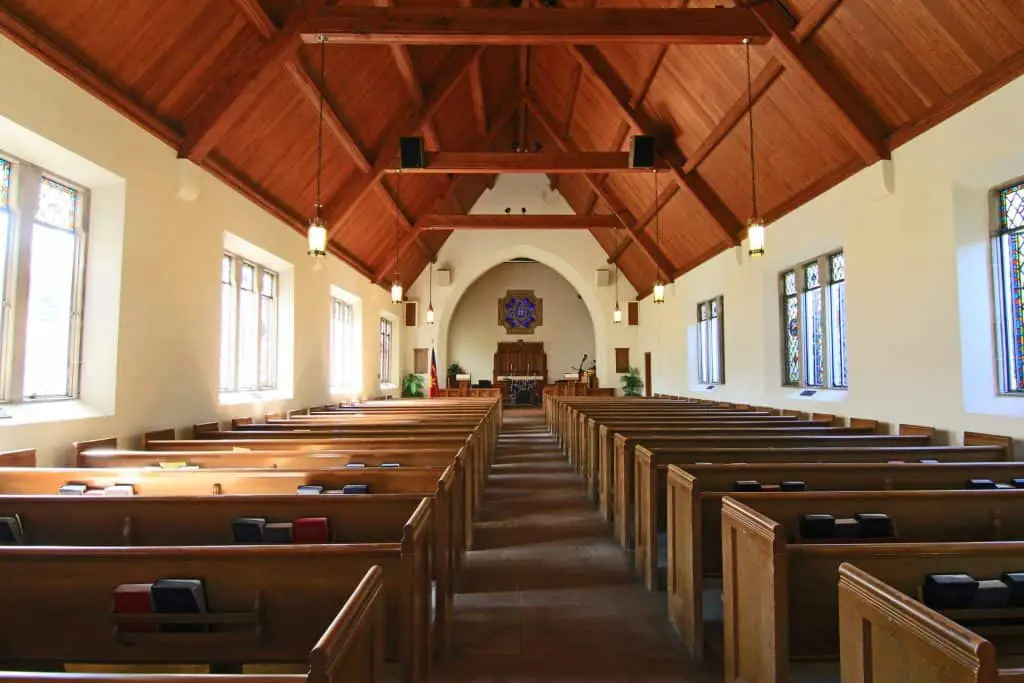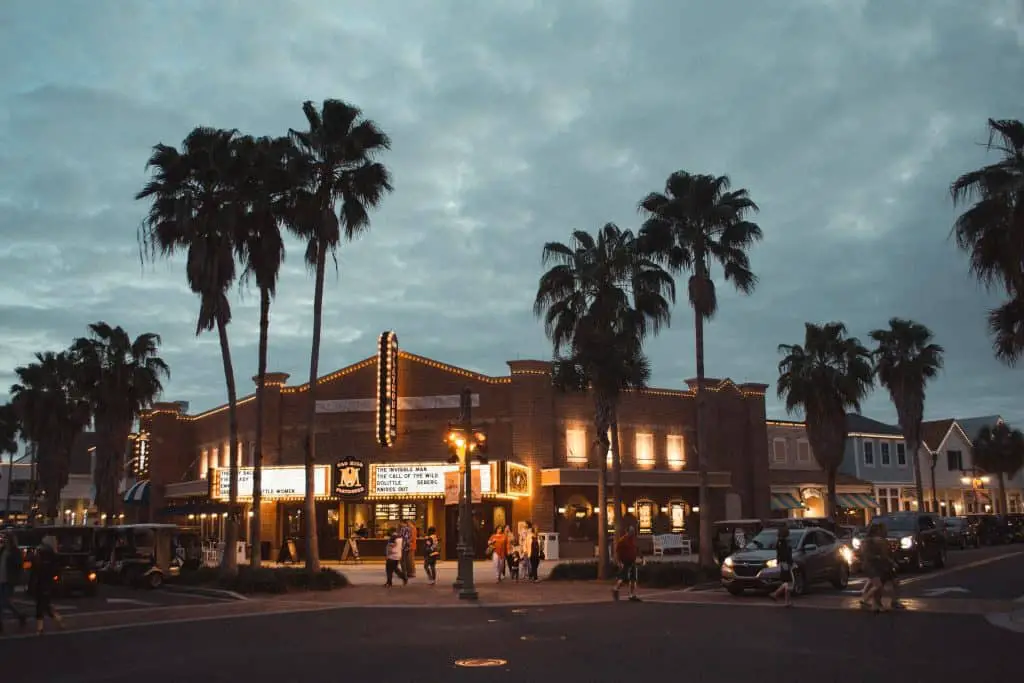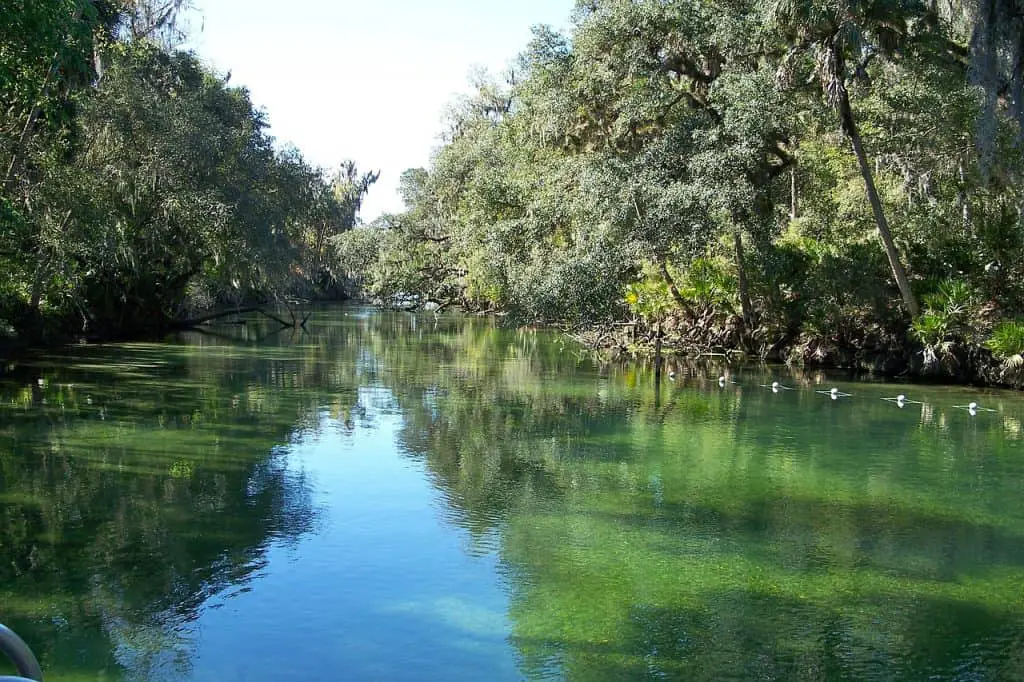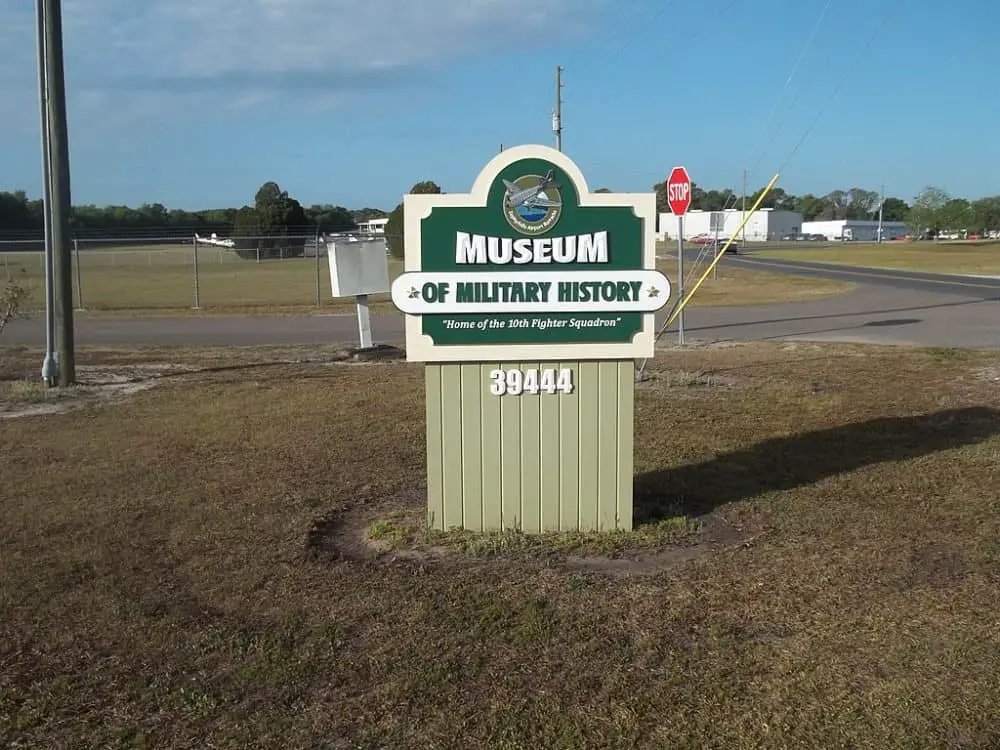When was Eatonville created?
Incorporated in 1887, Eatonville is the oldest black-incorporated municipality in the United States. Nestled seven miles away from downtown Orlando, this community holds great historical significance, with immense racial progress and success. Earlier, the newly freed slaves from Georgia, Alabama, the further north, and the not-yet-incorporated Maitland settled the town in 1880.
Over the years, some of these occupants became community leaders and respected businessmen after laboring on the land. Then came 1887, when the African American settlers of the newly developed Maitland became interested in establishing their own town. Following a casting of votes by 27 electors at the “town hall” on August 15, 1887, Eatonville, the first black town to be organized, governed, and incorporated by African American citizens in the country, was birthed.
Eatonville demonstrated how African Americans could gain political, social, and economic achievement that the southern whites claimed they were unable to accomplish. Its citizens would proudly advertise the impact of Eatonville’s incorporation.
What is Eatonville known for?
At first glance, Eatonville may not seem that intriguing. But that’s the thing about looks- they can be very deceiving at times. Within the town lies a deep legacy. Regardless of the motivation, Eatonville flourished as a haven for African Americans.
For the black residents, it was an opportunity for self-government, education, and economic development—the establishment of Robert. E. Hungerford Normal and Industrial School saw the town becoming a default destination for African American citizens seeking higher-level education beyond primary school. In 1899, Russel and Mary Calhoun, two of the students of the Tuskegee Institute, formed a school. Aside from teaching vocation skills to boys and girls, the school also helped students prepare their own meals, tend crops, and learn trades for income.

The establishment of this town stands as a huge achievement for the once-enslaved black men and women throughout the United States. In a way, the African Americans finally found autonomy and freedom after being subjected to a life considered inferior to the white majority. The 20th Century saw Eatonville become what the initial vision was, a community that provided African Americans the chance to live life as they desired, independent of white society.
Eatonville, a black township, stands as a testament to the African American ability to create communities. It is no wonder considering several communities were created then, but very few lasted. It was a legacy that led to several individuals’ celebration of the black culture and identity, a legacy that continues to shape the community even today. The town became an inspiration for African Americans nationwide to create their self-sustaining living spaces by attaining self-governance and independence.
Historically, it is remarkable for being the nation’s oldest incorporated all-black community and hometown of an American literary legend Zora Neale Hurston.
What does Eatonville represent?
The history of Eatonville resonates with many small black towns within the country. Similar to other black communities, Eatonville regards religion, land ownership, and education highly. Even today, these elements remain central. Eatonville’s story represents community members embracing the changes that transform into progress, yet its founders’ values and heritage remain at the heart of it all. It represents a community that is committed to ensuring prosperity and freedom at all costs.
Who was the first mayor of Eatonville, Florida?
On August 15, 188, Eatonville became incorporated officially following an indication by twenty-seven registered black voters that they wanted to create a municipality. The town was named in honor of Josiah Eaton who eventually, served as the mayor. However, the new town’s citizens chose Columbus H. Boger as the town’s first mayor to head an entirely black-staffed government.
Things to do in Eatonville, FL
Some of the things you should add to your itinerary if you are planning a visit to Florida and, more especially, Eatonville include a tour to the following:
The Wells’ Built Museum of African American History
Located at 511 West South Street Orlando, Florida, Wells’ Built Museum stands out as one of the cultural attractions. The Wells’ Built Museum was named after Dr. William Monroe, who originally lived in Georgia. Dr. William Monroe was famous for successfully delivering more than 5000 babies of the same race. It is home to memorabilia and artifacts from the African American community.
The Museum harbors local art pieces, and you are sure to appreciate a more historic Parramore community and the contributors in history in Central Florida. What’s great about the Wells’ Built Museum is that everything you need for your trip is near the Museum. Consequently, it is an ideal destination for your whole family to come and learn the rich history of African Americans. If nothing at all, it is a great place to come and relive African American history.
St. Lawrence AME Church

The St. Lawrence African Methodist Episcopal Church was the first religious institution set up in the city. The then-called Methodist Church received the first ten acres of land bought by Clarke and Lawrence upon its founding in 1881. Until now, St. Lawrence A.M.E Church continues to stand and serve the Eatonville community. Well, it may intrigue you to just get a look at how this early church looked like. Or maybe you want to join for a session of prayer. It doesn’t hurt to visit the place either way, does it?
Zora Neale Hurston National Museum of Fine Arts
Also known as the Hurston, the Zora Neale Hurston National Museum of Fine Arts is named after Zora Neal Hurston, an African American writer. The Museum encompasses a vast array of fine art on permanent exhibits or temporary loans. You will find just about everything on display, from painting and sculptures to films and photography.
The museum displays and educates people from all walks about fine art, history, cultural significance, and the beauty of culture in general. Get to understand how fine arts can capture emotions and uniquely encourage expression. If you are searching for the most significant expression of African-American display of culture and art, this is the destination to have in mind.








